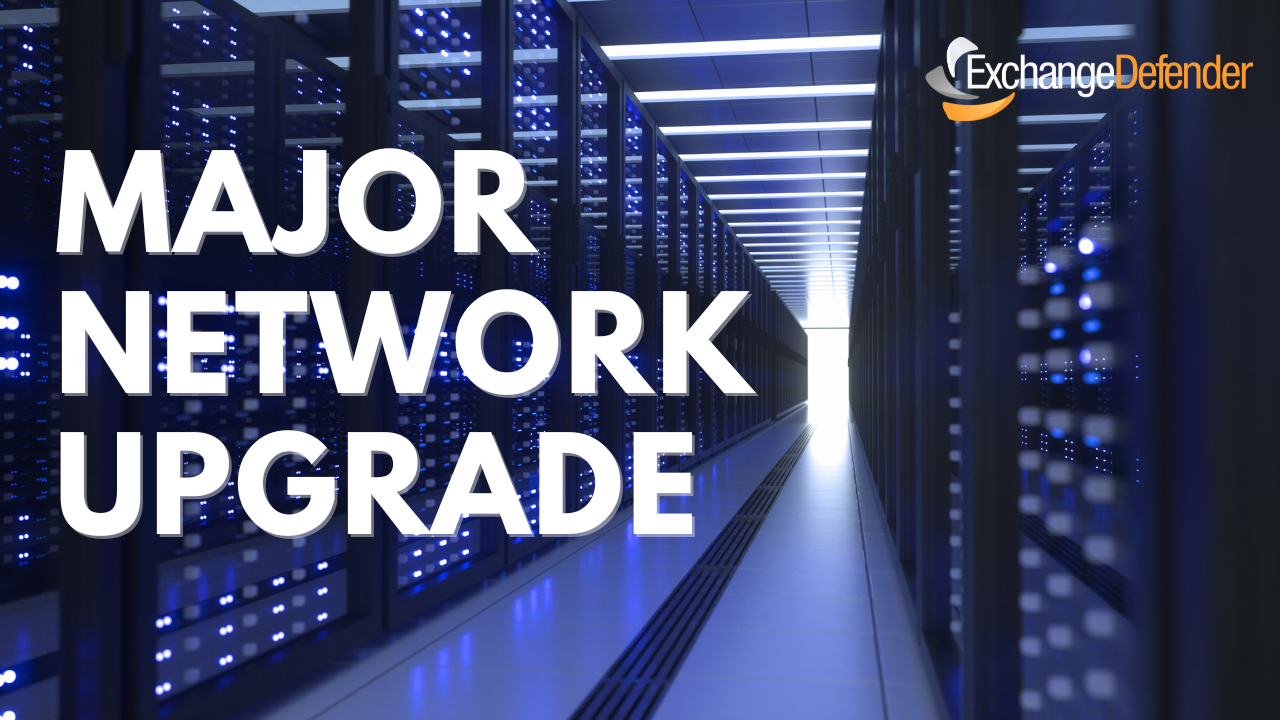Exchange Migration Conversations
 Many of our partners have been asking about the migration collateral as well as the experience our partners and their clients have on these calls. What is being discussed? How are you being introduced? Do you try to sell? What sort of information do you provide? What kind of guarantees do you provide? Relax. It’s a process and a very flexible one at that with two goals in mind: Reassure the client and identify any problems up front.
Many of our partners have been asking about the migration collateral as well as the experience our partners and their clients have on these calls. What is being discussed? How are you being introduced? Do you try to sell? What sort of information do you provide? What kind of guarantees do you provide? Relax. It’s a process and a very flexible one at that with two goals in mind: Reassure the client and identify any problems up front.
Pre-call (Partner)
Prior to the call with the client, ExchangeDefender and our Partner get together and go over the new opportunity. We discuss all the obvious stuff – domain names, current technology, current problems, any special personnel or solutions in place, timelines, etc. We determine how ExchangeDefender will be introduced (sometimes as ExchangeDefender, sometimes as “migration team” and other times just by the name) and which solutions we are to discuss during the call.
We do not sell to the client on the call. It is partners responsibility to evaluate the needs and requirements the client may have for more complex things like corporate encryption, long term archiving, Outlook addins and so on. However, sometimes we can explain the technical and business implementation matters better because of our experience with them and we make sure we get our partners permission to talk about those items. Sometimes partners have a third party encryption or compliance product they prefer over ExchangeDefender so we try to make sure we follow the plan the partner has laid out for their client and assist in what they want to do.
Initial Client Call (Partner & ExchangeDefender & Client)
Partners typically arrange a phone call between the client, themselves and us and we get on the line with our questionnaire and go through the typical barrage of questions that lead us in the direction the client deems to be most important. This is critical: Always let the client guide you through their problems so you can address them. Based on their prior experience, company management may have different concerns than their IT team or previous IT Solution Provider; they may not be the right ones to answer the questions you may be asking; they may provide more detail of where the company is going and give both the partner and ExchangeDefender an avenue to help mitigate some risks and problems that will show up down the road.
During the initial talk we identify their primary problems and concerns; identify the contact points and vendors they rely on; timelines or dates around which no service interruption should take place; regulatory compliance requirements and activities, etc.
The purpose of the first call is to introduce our process, make adjustments and determine the correct plan of action.
Followup Partner Call (Partner & ExchangeDefender)
There are always surprises and opportunities the more we talk with our clients. The purpose of the followup call is to divide up the work and discovery process and begin the assessment. While some partners will allow us full control of the process and trust us to do the work end-to-end, others may prefer to do parts of the migration process themselves (installing their own RMM, making backups, etc) and we plan our course of action during this call.
Without getting extremely granular on every detail, the technical process of a migration is not complex. The complexity comes from problems, issues and limitations that come up during the mailbox move. So one of the first steps after we deploy the ExchangeDefender Business Monitoring tool (or our partners RMM choice) is to deploy bandwidth monitoring tool and verify the speed of the Internet connection around the clock. We go through the mailbox infrastructure and identify large mailboxes that are appropriate for Compliance Archiving, run tests and so on. The goal of the followup is to get an understanding of what can and cannot be done, what timelines we may be looking at given the limitations and restrictions and to match up calendars and migration schedules.
Followup Client Call (Partner & ExchangeDefender & Client)
Followup calls are optional and frequently handled by the partner but ExchangeDefender does offer to be a part of the whole process of explaining our discovery and our recommendations about compliance, encryption, DNS control, migration, LiveArchive business continuity, upgrading of various desktops and systems, viability of the Outlook addins or third party vendors or remote office migration plans.
The initial process is all about gathering ideas, suggestions, problems and solutions and running them by your client. It’s never going to be foolproof and we’ve heard this one often:
“You are very reassuring and seem to have a good grasp on how all this works. I’m happy about that. My concern is with things that you don’t know about and things that we don’t bring up that will break the system after the migration. We don’t want to be in a situation where you just tell us that you didn’t know about it because we didn’t tell you”
The above problem is inevitable, it is commercially impossible to both provide an economical move and a fool proof one. So we focus on the process at hand, we do only what we write into the contract and then we deal with anything that may be outside of that contract through other means. It doesn’t make all the clients happy – which is unfortunate – but it gives them something they can count on and a process they can understand.
As we go through the migration, every step is clearly communicated to the partner. They are armed with tons of branded collateral and every message we send out also has their logo on it. We can send the notification directly to the partner or to the partner and the client contact. Whenever a mailbox moves, whenever a DNS record changes, whenever a login is about to be made or profile reconfigured – we send out notices.
For more details on the collateral and the process notifications and the actual migration and technical stuff, stay tuned. There is new stuff being added every single day and a lot of it is customized with each given scenario. The key to migrations is planning and constant communication. So we’ll obviously have more and more of it here.
-Vlad
Sincerely,
Vlad Mazek, MCSE
CEO, ExchangeDefender

